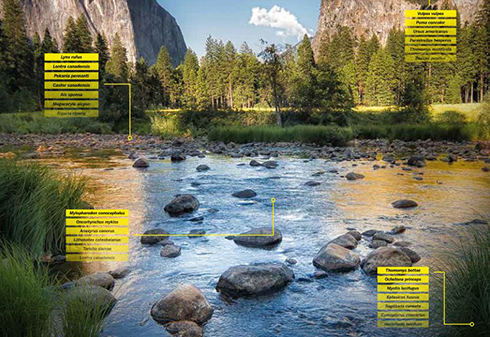Focus On: Environmental DNA

The analysis of traces of DNA in soil and water has been described as a game-changer for conservation and ecology
The Biologist 64(1) p33-34
Environmental DNA, or eDNA, is the term given to traces of DNA left behind by living organisms that can then be sampled and used to help understand the biodiversity of an area.
Fragments of DNA are deposited constantly in aquatic and terrestrial environments by the breakdown of shed skin, scales, hair, bodily fluids and carcasses of organisms that have lived, died or passed nearby. As a result, any sample of water, soil or sediment will contain a unique mix of genetic material, which can be amplified and analysed.
Want to continue reading this article?
Click to login.


